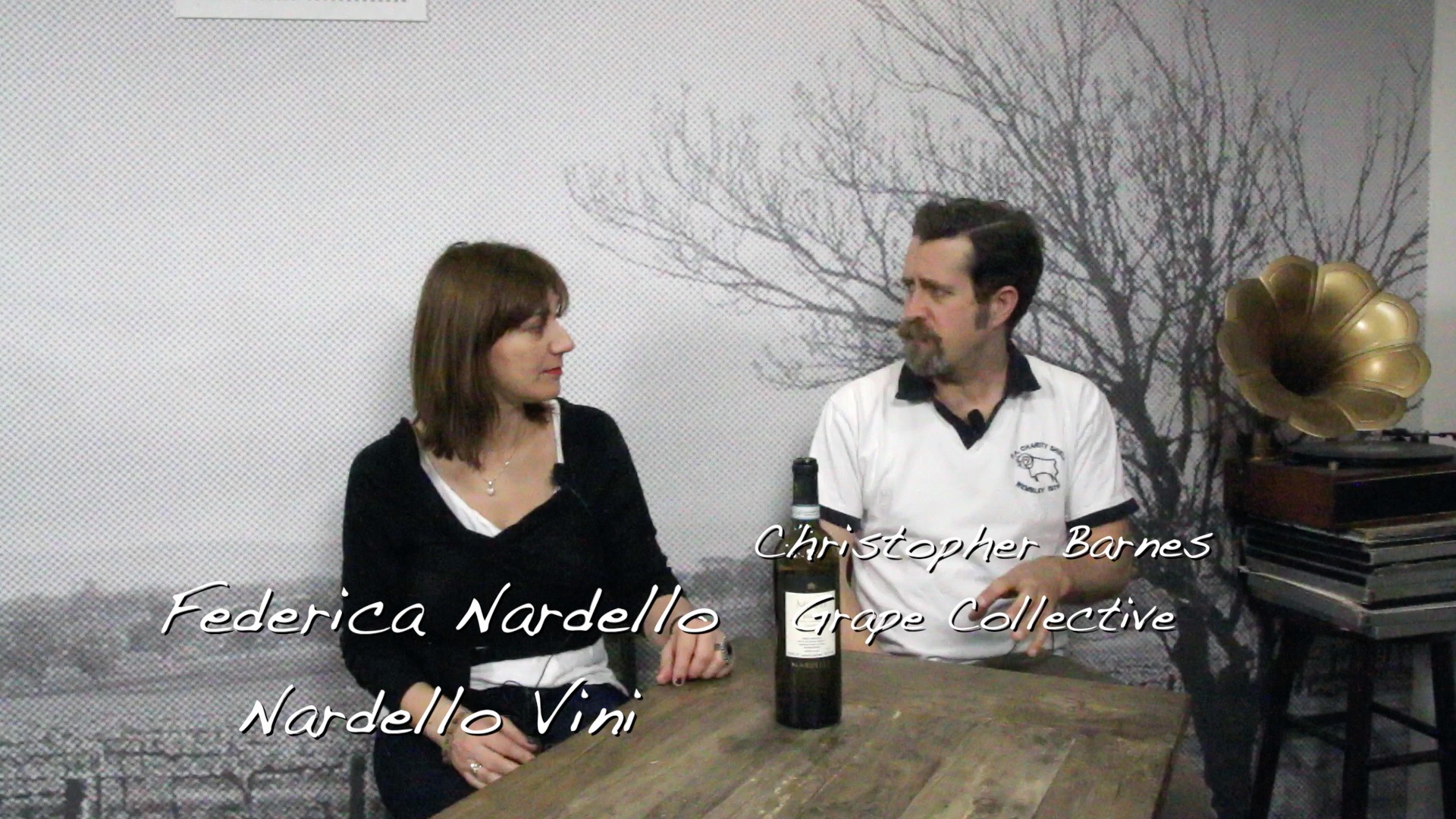
Soave is a wine region in northeast Italy, the eastern part of the hills surrounding the city of Verona. Throughout the Soave region Garganega is the principal grape variety. In 2016 Soave DOC’s hillside vineyards joined Italy's national heritage list.
The climate of the Soave region is influenced by the mists that flow from the Po Valley. The Garganega grape is a late-ripening variety with a thick skin that can withstand the viticultural problems that the mists cause better than some of the thinner skin varieties. Within Soave there is a "Classico" zone which is related to wine made from grapes harvested from hillside vineyards. The Classico area is notable for volcanic soil, altitude, and old vines.
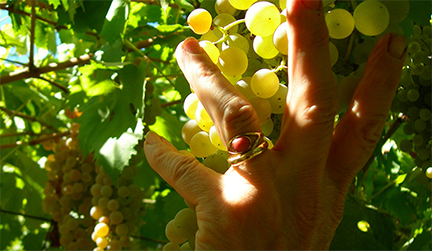 Well-made Soave can have a similar style of crisp minerality to that of Chablis. Kerin O'Keefe in Decanter describes Soave as "Offering complex aromas and creamy fruit, punctuated with intense minerality, these premier bottlings are also surprisingly age-worthy."
Well-made Soave can have a similar style of crisp minerality to that of Chablis. Kerin O'Keefe in Decanter describes Soave as "Offering complex aromas and creamy fruit, punctuated with intense minerality, these premier bottlings are also surprisingly age-worthy."
Soave is certainly one of Italy's undervalued wine regions in terms of its price to quality relationship. Part of the reason for this is that several large co-ops (together about 80% of total production) that dominate the region were pumping out large quantities of poor quality wines in the 1980s when Soave's reputation took a hit.
To fight the region's perception issues in 2001, a separate Soave Superiore DOCG was created. This iincluded revised boundaries that covered some areas of the original Classico zone and excluded others and additional DOCG requirements that dealt with vine-training.
The Nardello family winery vineyards are 100-200 meters above sea level located between Mount Zoppega at Monteforte and Mount Tondo at Soave, both within the Soave Classico zone
For more on Soave read Kerin O'Keefe's Soave A Quiet Revolution in Decanter.
We talk to Federica Nardello about Soave and her family's love of the Garganega grape.
 Christopher Barnes: So Soave, tell us a little bit about that region of Italy.
Christopher Barnes: So Soave, tell us a little bit about that region of Italy.
Federica Nardello: Yes, Soave is one area in northeast Italy, near to the Verona town, and the Soave area is particular because we produce this grape only in this area, that is called Garganega.
And how does Garganega taste? It's a white wine.
Garganega is the name of grape, and most of Garganega is used for the Soave production. The taste is the sensation of a white flower and there is some particular crispiness to it. Soave is like a style of wine. The taste ... remember the white fruit, white pear, so white ... like the sensation of just different types of a flowers depending on the season.
Tell us a little bit about your family's history in winemaking in the Soave area.
My family has been producing wine for several different generations, but they are wine growers, and we have been producing our wines and growing our grapes since my grandfather's time. My father is involved too. And they have been doing this work for three or four generations. It's not a new work for us.
And in terms of the terroir of where you are in Soave, and maybe in Soave in general, talk a bit about the soil and the climate where the grapes are grown.
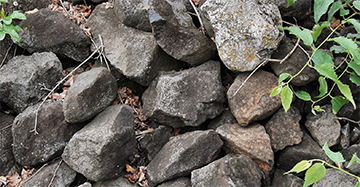 Yes. The majority of the soil is balsaltic soil (Basalt is a common volcanic rock formed from the rapid cooling of basaltic ava exposed at or very near the surface). It is a black rocky soil. And the sensation of the minerality for the most evolved styles of the wine is due to the difference of this particular soil, this balsaltic soil. There is a stratification because in the past there was a volcanic area, and you can see in some places where the soil is black and the other part is more red; different stratification from different periods. But the biggest part of the style is the basaltic soil and the minerality and the black soil in Soave area.
Yes. The majority of the soil is balsaltic soil (Basalt is a common volcanic rock formed from the rapid cooling of basaltic ava exposed at or very near the surface). It is a black rocky soil. And the sensation of the minerality for the most evolved styles of the wine is due to the difference of this particular soil, this balsaltic soil. There is a stratification because in the past there was a volcanic area, and you can see in some places where the soil is black and the other part is more red; different stratification from different periods. But the biggest part of the style is the basaltic soil and the minerality and the black soil in Soave area.
So since you've taken a role in winemaking, in the family business, have you seen the winemaking and the viticulture evolve in any way, or are you very much focused on tradition?
There is the possibility to conserve the tradition, such as the growing technique, for conserving the pergola style for example. And to have a newer experience with the vinification style. But it's important from a historical perspective to see you have some characteristics that are recognized as this DOC. And for a seller like us, a little seller, it is important to have a style. And the character and the style together with the soil and the season is the final result to taste in the end in the glass. And if you taste a glass of our wine, you taste a glass of our story, our tradition, and our idea and our philosophy of production in this particular area.
And you make about 7,000 cases. Has the family always been making around that amount of wine, or have you increased or decreased?
Oh, we have the possibility to increase because with the 14 hectares, we use only half for 70% of our production. And yes, we have the possibility to increase, not to increase in the biggest quantity, but to control all the processes of our production process.
And in terms of your philosophy of viticulture, talk a little bit about how you grow your grapes.
Yes, with regard to the philosophy of growing it is important to conserve the old vines and we use organic manure.
And for new plants, we use the Guyot style. There is not just one growing style that is correct for producing a good result, it depends on the balance to the plant. The plant and the vines must be in a good ambience to have a long life.
Is it important to you to farm organically? Is that an important part of what you do?
Well, it's important now but we haven't fully developed the process because our company is a family company and we have little parts in different places in the village. And it is difficult with neighbors to have agreement for making, for example, the same treatments and to have all the certifications for the process. We don't think that in the future it is not possible to do.
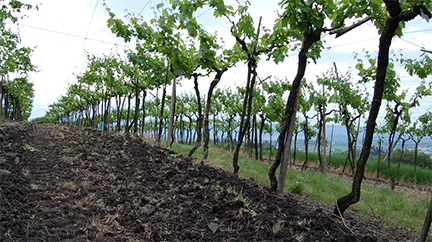 But you're not spraying chemicals at the moment?
But you're not spraying chemicals at the moment?
No.
And you make two different types of Soave. How are they different?
They are different because they are from different places. Yeah, they are close but there are different styles of soil. One is more from the the old part, where we have old vines. And this first one is from a blend, and is blended from a different place than our cellar, where the soil is more clay in comparison to the other. And then we change the type of work in the cellar too, not only the selection of grapes. We used to pick the grapes for the reserve later, in the end of October. For the Meridies, our first Soave, we pick the grapes in a different phase of the harvest. And we used to press the fresh grapes for Meridies, and for the Monte Zoppega too, but the fermentation starts in stainless steel for Meridies, and for Monte Zoppega we start fermentation half in stainless steel and the other half in oak. Yes, this is how the origin of the grapes and the work in the cellar are different.
The reserve, is it a bit of a creamier wine? A bit of a bigger wine?
Yes, you have the correct idea. If you use the same grape but with different work, you have a totally different result. And you have the possibility to conserve this type of wine. Yes there is more structure, and the Monte Zoppega is bigger in respect to the Meridies, but it's our idea of the different interpretations of Soave.
Terrific, and what kind of foods go well with Soave?
For Meridies, some appetizers of fish, some pasta, or white meat too all work well. And sea bass for Monte Zoppega. And yes, just different pairings in respect to the wines that you use. For Meridies it is possible to take a glass for drinking alone too, but for Monte Zoppega you need to have something to eat. Pasta with mussels works nicely too.
Do you have any hobbies outside of your winemaking?
Yes I have an old, old hobby. I like to sing.
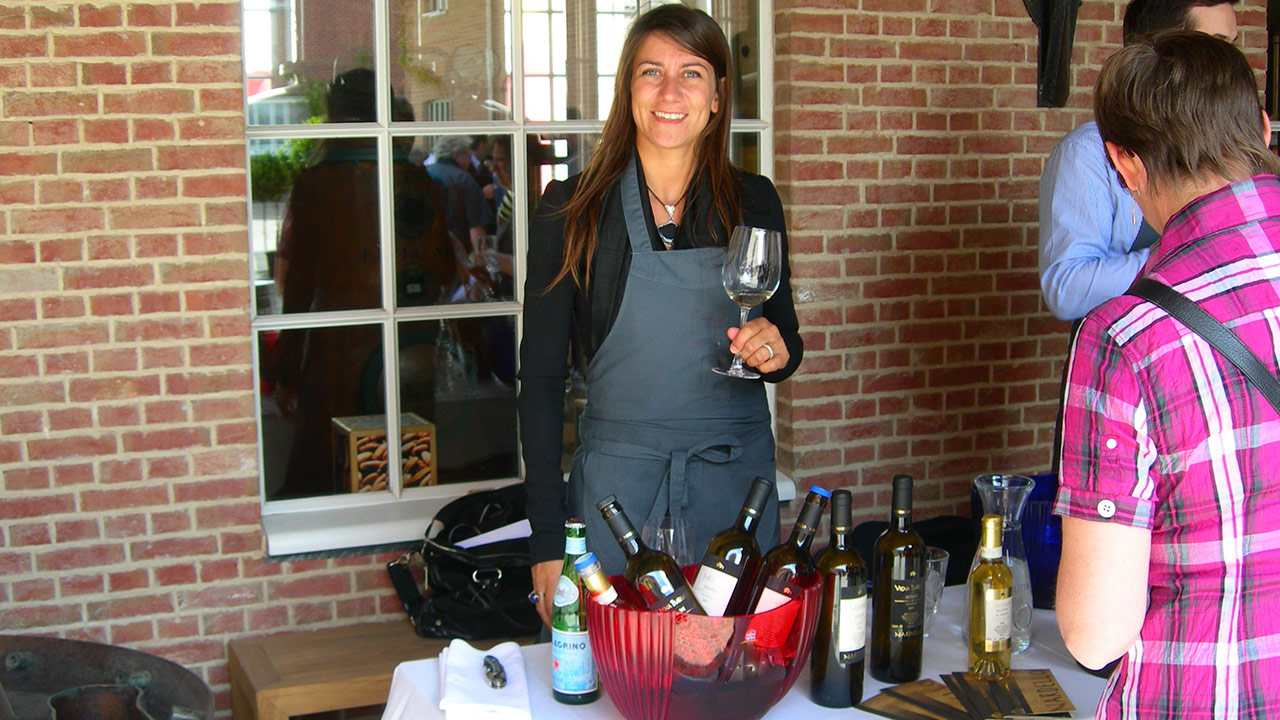 You like to sing? Okay. What do you sing?
You like to sing? Okay. What do you sing?
It's a chorus.
A chorus? Why don't you sing for us right now.
Sing in English, no. Please, I need my teacher.
Well, what kind of songs do you sing?
Oh, songs we normally used to sing in church, in different periods of the year, like Easter.
Very nice.
Yeah, but if there is a party, we love to sing with friends too.
Well that's terrific.
And like with wine, sometimes I say it is important to have balance and harmonics like with the music. Them you remember, like when you listen to the music, there are different elements, different instruments, and for the wines it's the same. And the possibility to recognize different descriptions, different characteristics, like in music.
Find Nardello on Winesearcher or on Grape Collective.














